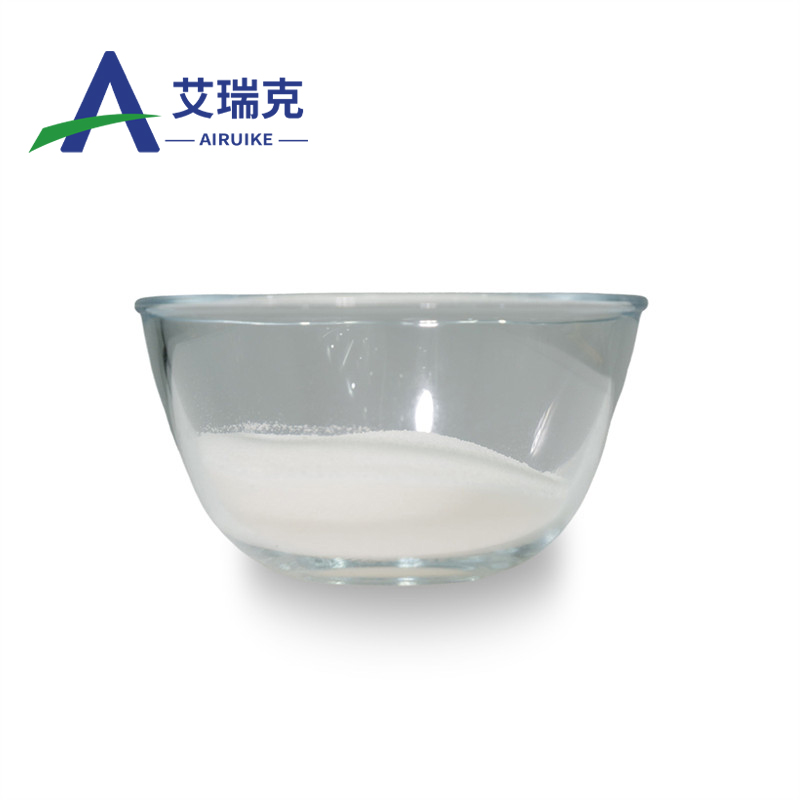-
Categories
-
Pharmaceutical Intermediates
-
Active Pharmaceutical Ingredients
-
Food Additives
- Industrial Coatings
- Agrochemicals
- Dyes and Pigments
- Surfactant
- Flavors and Fragrances
- Chemical Reagents
- Catalyst and Auxiliary
- Natural Products
- Inorganic Chemistry
-
Organic Chemistry
-
Biochemical Engineering
- Analytical Chemistry
-
Cosmetic Ingredient
- Water Treatment Chemical
-
Pharmaceutical Intermediates
Promotion
ECHEMI Mall
Wholesale
Weekly Price
Exhibition
News
-
Trade Service
The meninges are located in three membranes of brain tissue, where immune cells are densely distributed, and the cytokines they produce can affect the behavior of
mice.
Cerebrospinal fluid can carry cytokines from the periphery and meninges, circulating
throughout the brain parenchyma.
The space around the blood vessels is filled with cerebrospinal fluid, which constitutes the interface
between blood vessels and the central nervous system parenchyma.
Cerebrospinal fluid flows along the space around blood vessels, passes through the astrocytes foot plate, and flows into the brain
.
The flow of cerebrospinal fluid in the brain can promote direct contact of meningeal immune molecules with brain cell signals, and promote the clearance
of meningeal lymphatic vessels and brain metabolites.
Cerebral myeloid cells are composed of microglia, pia mater and perivascular macrophages, among which perivascular and pia mater macrophages are collectively referred to as parenchymal boundary macrophages (PBMs).
PBM is present in the pia mater and perivascular space along the vasculature and is in direct contact
with cerebrospinal fluid.
These PBMs play a detrimental role
in diseases such as hypertension and Alzheimer's disease (AD).
On November 9, 2022, a research team of Jonathan Kipnis of Washington University in St.
Louis revealed that brain boundary macrophages have the function of regulating cerebrospinal fluid flow and promoting amyloid deposition in AD disease, a damaging effect that relies on interferon γ signaling
.
In recent years, Jonathan Kipnis' research team has discovered that the dura mater and lymphatic vessels of the brain play an important immune role
in central nervous system diseases.
The researchers found that there are two positive PBMs in the brain that express the scavenger receptor protein LYVE1 and the main histocompatibility complex II (MHCII), of which LYVE1-positive PBM is a class of cells with high phagocytic activity responsible for metabolic processes, while MHCII-positive PBM is closely related
to immune response and cytokine production.
Upon clearing brain PBM, cerebral fluorescent ovalbumin expression is reduced in the whole brain coverage, which indicates weakened
CSF fluid.
Figure 1: Obstruction of cerebrospinal fluid flow to clear PBM
Studies have shown that macrophages regulate the degradation
of the extracellular matrix by producing matrix metalloproteinases (MMPs).
They found that after clearing the brain PBM, the extracellular matrix protein enrichment around the blood vessels increased, and the vasodilation caused by beard stimulation was impaired, and these results showed that PBM ultimately achieved an effect
on cerebrospinal fluid flow by regulating extracellular matrix degradation and vascular dynamics.
Cerebrospinal fluid flow is impaired in aged mice, the number of LYVE1-positive PBM decreases, and the number of MHCII-positive PBMs increases
.
Injection of macrophage colony-stimulating factor improves this aging induced disturbance of cerebrospinal fluid flow and increases the activity
of MMPs.
In addition, amyloid deposition in the cerebral cortex and amygdala region was significantly increased
in AD model mice after clearing PBM.
Figure 2: Injection of macrophage colony-stimulating factor to improve cerebrospinal fluid flow disorders caused by aging
Single-cell sequencing found that PBM in AD model mice had phagocytosis, endocytosis and interferon γ signaling pathway, among which the expression of interferon γ receptor gene was significantly increased, and these signal changes also appeared in AD patients' tissues
.
Cerebrospinal fluid flow impaired
in adolescent mice after receiving interferon γ injection.
In this paper, it was revealed through single-cell omics technology that there are two main types of boundary macrophages in the brain, among which LYVE1-positive macrophages are closely related to cerebrospinal fluid flow, and the removal of boundary macrophages aggravates the disease process of AD, which indicates that cerebrospinal fluid flow disorders caused by border macrophages may be involved in the occurrence
of AD.
Original source:
Drieu, A.
, Du, S.
, Storck, S.
E.
et al.
Parenchymal border macrophages regulate the flow dynamics of the cerebrospinal fluid.
Nature 611, 585–593 (2022).
https://doi.
org/10.
1038/s41586-022-05397-3.







